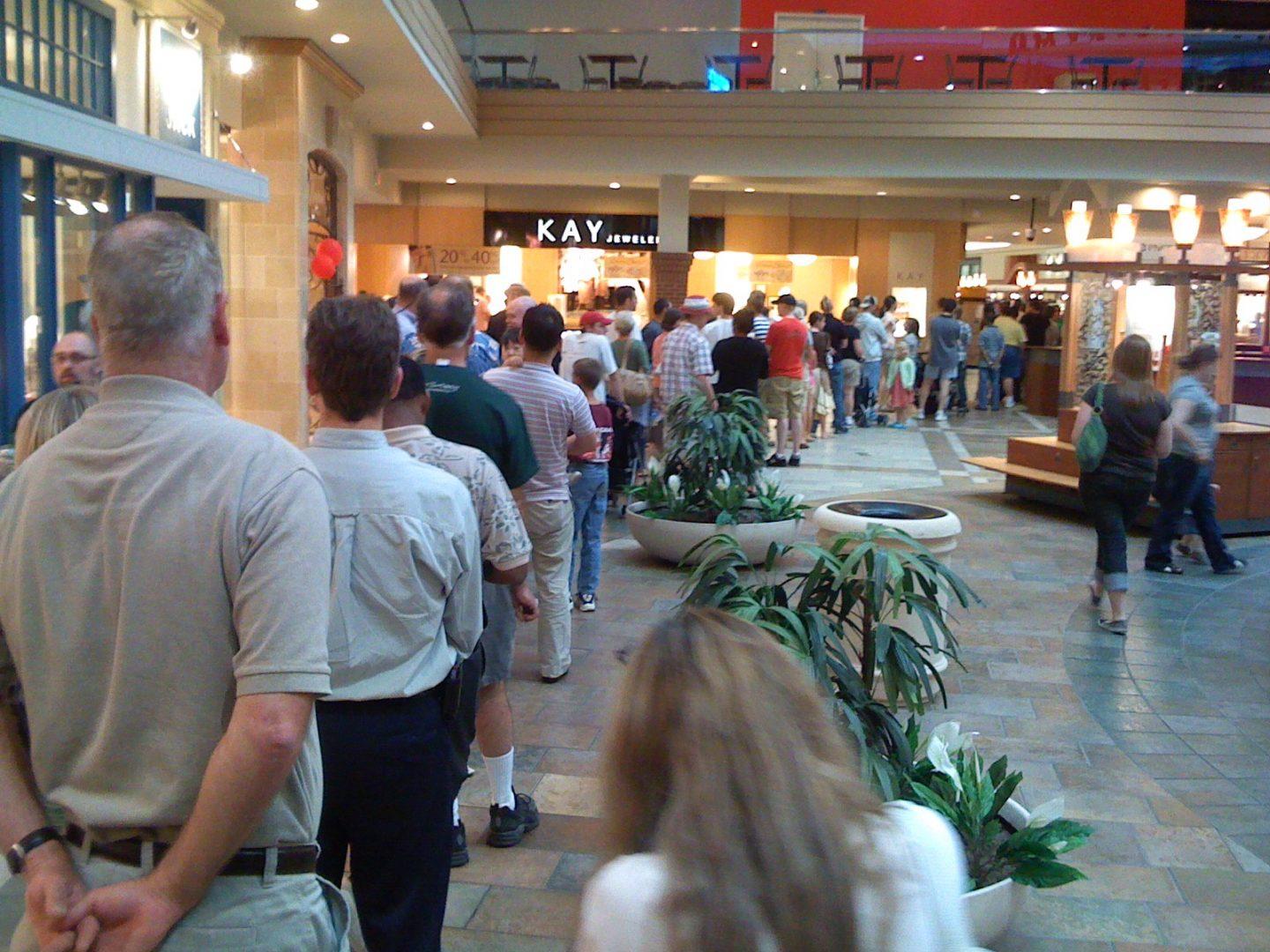Think twice before you ridicule the masses that were waiting in lines outside WalMart and Best Buy the day after, and more frequently, the day of Thanksgiving. While it seems commonplace to crack a joke at the deal-starved lines, ask yourself why someone needs to wait in line for hours to buy a laptop or a new TV.
If your answer was “they don’t,” you might be out of touch with poor people. Black Friday is not about “need” per se but it is about the inability to have.
What separates the lower class from the middle class are possessions and the ability to “have.” Those who are out in the cold at the end of November are generally those who are otherwise unable to afford the luxuries of the middle class.
This is not about someone’s perceived lack of financial responsibility, but more about someone’s actual financial stability. Black Friday is about living within your means in a world that so frequently asks us to spend our money to create happiness.
To date, according to blackfridaydeathcount.com, 110 people have been injured and 10 people have died as a result of Black Friday sales. These numbers date back to the website’s inception in 2006. For those of you thinking “Well I wouldn’t put myself in physical danger for a TV,” imagine a world where you were willing to risk your safety for a TV.
What kind of society do we have where not only is our happiness predicated on spending power, but that we are willing to risk our safety for that happiness? That is class warfare.
More affluent individuals have the ability to take slightly cheapened products and shop from the comfort of their home on Cyber Monday. Our society created an entirely separate holiday in order to keep middle-class individuals from having to actually see poor people. The online deals are never as good as those 75 percent off doorbusters that take place in physical spaces at midnight, but they do offer the comfort of your own home for a larger price tag.
For the argument that says these people should just save more so that they don’t have to partake in Black Friday, CNBC published a report last month that said 39 percent of Americans do not have any money in savings. Which is understandable, as the U.S. Census published that 12.6 percent of American households lived below the poverty level in 2016.
Last year, CNN reported that 99 million people shopped brick and mortar stores on Black Friday. That is about 1 in 3 people in the nation. That number sure seems oddly close to the number of people who cannot afford to have savings accounts. With those unfortunate statistics, this makes Black Friday the smart choice for many Americans, as without it, they would not have the ability to partake in our societal norms that say we should have large TVs, fast phones and the best toys our children could dream of.
Historically, Black Friday has marked the start of the holiday shopping season, with this term dating back to the 1960s. What used to be a cultural marker for the start of the season is now a class marker and icon of capitalism.
Ask yourself who has the largest sales on Black Friday? Is it Macy’s? Pier 1? The Pottery Barn? No. It’s not affluent places. It’s places where poor people shop. Corporations like WalMart are cashing in on class warfare, turning a profit off the backs of those who otherwise could not afford having gifts to give at the holidays.
So before you make commentary on the lines of people out in the cold waiting for a chance at a new computer, check your privilege and be grateful that you don’t have to spend your time in line.




